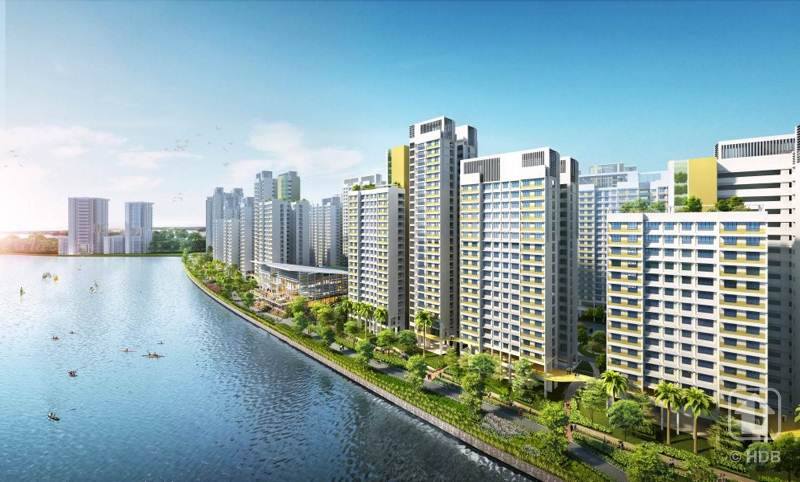
The HDB gave an update yesterday on the housing grants it has disbursed, as of November 2015. Since 2006, HDB has released $1.6 billion in Additional CPF Housing Grants (AHG) to close to 83,000 households. It has also given out $297.61 million in Special CPF Housing Grants (SHG) since 2011 to almost 20,000 households. Eligible first-time buyers currently enjoy up to S$80,000 in housing grants, comprising the AHG of up to S$40,000 and the SHG, also up to S$40,000.
The housing grants offered by the HDB can improve the affordability of public housing to eligible flat buyers, particularly for lower-middle and middle-income buyers. They achieve the purpose of increasing the chance of those at around the median household income of $8,290 per month in 2014 to get onto the property ladder whilst ensuring that these public subsidies are effectively allocated to eligible families and couples.
These targeted subsidies such as the AHG and SHG provided to eligible groups achieve a similar effect on the affordability of these public housing units as an across-the-board price reduction of Build-To-Order (BTO) flats, but a general price reduction (even if only for new BTO flats) could have broader ranging implications and unintended consequences on the overall property market.
A worked example: the price of a three-room BTO flat in Sengkang offered in FY2014/15 before the application of the housing grants would have been $164,000 to $208,000, but after AHG and SHG totalling $50,000 ($30,000 and $20,000 respectively) the net purchase price range would have been between $114,000 and $168,000. The monthly loan repayment (after AHG and SHG of $50,000) on the lowest priced three-room flat would be $522, or 21% of a family with monthly household income of $2,500 (assuming they take a 20-year loan). If the couple purchased their flat in sales launches from November 2015, they would be entitled to a higher SHG of $40,000, and their monthly loan repayment on the same terms would be $415 or 17% of household income, assuming the same flat pricing.
Is it sustainable? The housing grants are more efficient from the government’s point of view and are a way of targeting effective price discounts to the eligible couples and families. Assuming average AHG and SHG amounts in 2014/15 of $30,000 and $35,000 respectively, the amount of subsidy given under the two grants in the 12 months to March 2015 would have been $651 million in total, or 0.17% of GDP and less than 2% of government expenditure. It is also less than 5% of what the government’s land sales receipts yielded in 2014/15.
It seems to me that the concerns over housing affordability that were prevalent four to five years ago have dissipated somewhat given income growth at a pace faster than flat prices have moved. The main point I would wish we could move back to is to standardise housing affordability calculations on a maximum loan tenor or 20 years, or about half a person’s working life. The other half of a person’s working lifespan can then be for dedicated to the person’s retirement adequacy needs and building up his/her retirement savings.
Christopher Gee is a Research Fellow at IPS
Top photo from Housing & Development Board Facebook Page
